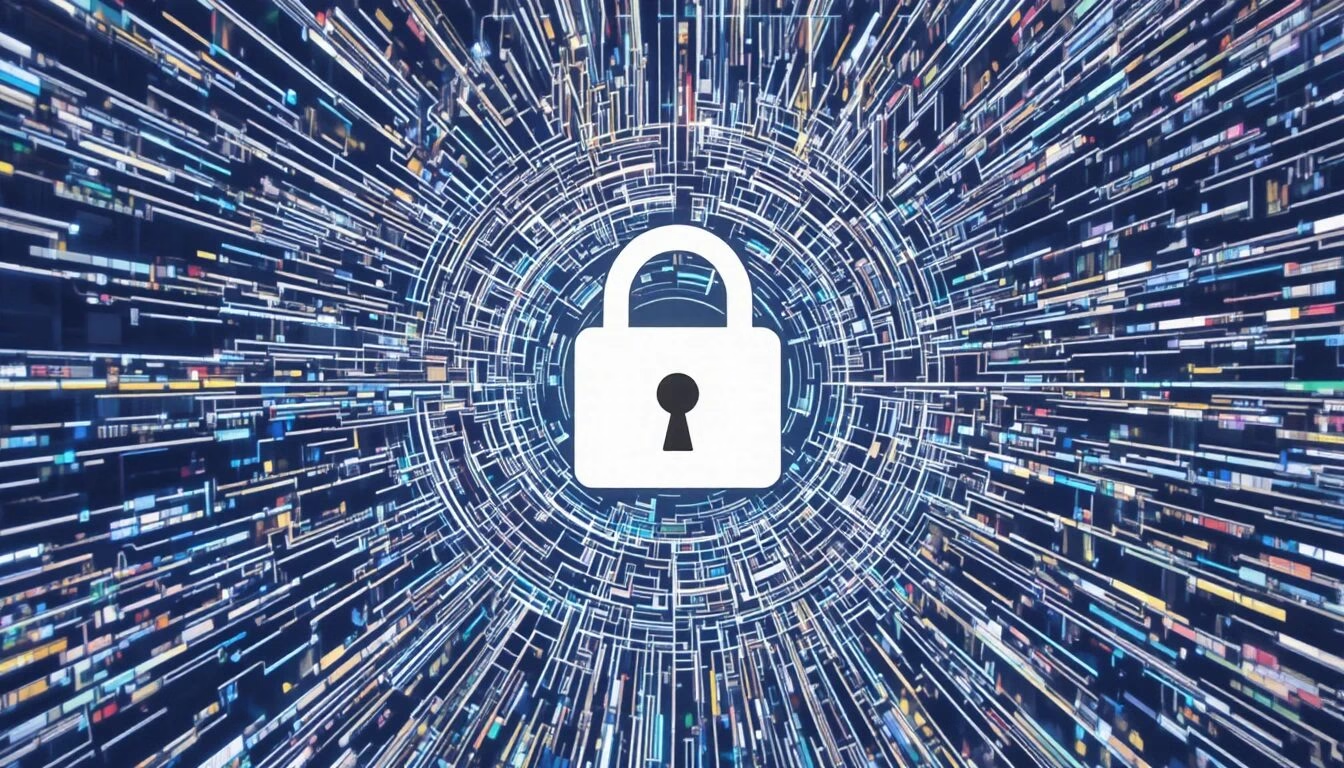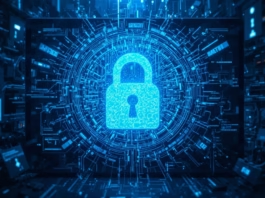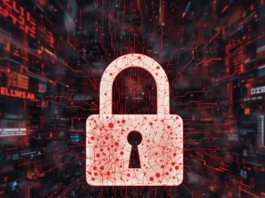What is End-to-End Encryption?
End-to-end encryption (E2EE) is a secure communication method that prevents third parties from accessing data while it is transferred between two parties. The fundamental principle behind E2EE is that only the sender and the intended recipient can read the messages being exchanged. By employing this encryption technique, users can ensure that their conversations remain confidential and protected from unauthorized scrutiny.
The process begins when a message is encrypted on the sender’s device. This encryption transforms the plain text into a coded format that is unreadable to anyone except the intended recipient. When the recipient receives the message, their device uses a decryption key to revert the coded message back to its original form. This entire process effectively secures the data even while it traverses through potentially unsecured networks, such as public Wi-Fi.
One of the critical aspects of end-to-end encryption is the management of encryption keys. Each participant in the conversation possesses a unique key, which is essential for both encrypting and decrypting messages. The encryption keys serve as a safeguard, ensuring that only the legitimate parties can unlock the content of their communications. Consequently, even if a malicious entity intercepts the encrypted messages, without access to the specific keys used for encryption, the data remains secure and indecipherable.
E2EE is widely regarded as a fundamental privacy measure in digital communications, helping to uphold confidentiality across various platforms, including messaging apps, email services, and file-sharing applications. By implementing end-to-end encryption, users can safeguard their conversations from unwanted eavesdroppers, thereby fostering a secure environment for personal and sensitive information exchange.
How End-to-End Encryption Functions
End-to-end encryption (E2EE) operates through two primary encryption methods: symmetric and asymmetric encryption, each serving distinct purposes in securing communication. Understanding the mechanics of these cryptographic techniques is essential for grasping how secure messaging occurs between parties.
Firstly, symmetric encryption requires both parties involved in the communication to share a single secret key, which is used to both encrypt and decrypt the messages. This means that both the sender and the receiver must possess and maintain this key securely throughout their exchanges. The challenge with symmetric encryption lies in the secure distribution of this key. If an unauthorized party intercepts the secret key during its transfer, they could decrypt any messages exchanged.
In contrast, asymmetric encryption addresses some of these vulnerabilities by employing a pair of keys: a public key and a private key. The public key can be shared freely, allowing anyone to encrypt messages destined for the holder of the private key. Only the private key holder can decrypt these messages, making it unnecessary to exchange the private key itself. This model significantly enhances security since even if the public key is intercepted, the corresponding private key remains confidential. As discussed, asymmetric encryption is fundamental to the functioning of various secure protocols, such as Transport Layer Security (TLS).
To ensure the efficacy of asymmetric encryption, Public Key Infrastructure (PKI) plays a crucial role. PKI facilitates the creation, management, and distribution of digital certificates, which authenticate the identity of parties exchanging information. Certificate authorities (CAs) are responsible for validating the legitimacy of these certificates, thereby instilling trust in the cryptographic process. By ensuring that public keys indeed belong to the claimed entities, PKI helps mitigate risks associated with impersonation and man-in-the-middle attacks, thereby enhancing the overall security of end-to-end encrypted communications.
Applications of End-to-End Encryption on the Internet
End-to-end encryption (E2EE) has become an essential component of various online platforms, ensuring data privacy and security. Widely adopted in popular messaging applications, E2EE allows users to communicate without fear of interception. For instance, applications like WhatsApp and Telegram utilize E2EE to safeguard user messages by encrypting them at the sender’s device and only decrypting them at the recipient’s device. This means that even if messages are intercepted during transmission, they remain unintelligible to unauthorized parties, thus protecting user privacy effectively.
Beyond messaging services, end-to-end encryption plays a critical role in email communications. Protocols such as OpenPGP and S/MIME enable users to send encrypted emails, ensuring that the content remains confidential and is only accessible by the intended recipient. OpenPGP allows for digital signing of messages, enhancing both the confidentiality and authenticity of email communications. Consequently, users can rest assured that their sensitive information remains protected from potential threats.
Furthermore, the implementation of HTTPS on websites bolsters data security through E2EE principles. By employing SSL/TLS encryption technology, HTTPS secures the data transmitted between web servers and clients. This means that any data exchanged, such as login credentials or personal information, is encrypted during transmission, minimizing the risk of interception by malicious entities. HTTPS has become a standard for secure browsing, ensuring that users can trust the integrity and confidentiality of their online interactions.
In summary, the applications of end-to-end encryption span various online platforms, significantly contributing to user privacy and security. Whether through messaging apps, email protocols, or secure web browsing, E2EE remains a cornerstone of modern digital communications, enhancing the overall safety of users in the online ecosystem.
The Importance of End-to-End Encryption in Today’s Digital Landscape
In an era characterized by rapid digital transformation, the significance of end-to-end encryption (E2EE) cannot be overstated. As individuals and organizations increasingly rely on digital platforms for communication and data exchange, the need for robust security measures to protect sensitive information has become paramount. End-to-end encryption provides a sophisticated layer of protection by ensuring that only the communicating users have access to the content of their messages. This means that even if the data is intercepted during transmission, unauthorized parties—including potential hackers or surveillance entities—are unable to decipher its content.
Moreover, E2EE reinforces privacy rights in an interconnected world where personal data is often subject to various forms of exploitation. The implications of implementing end-to-end encryption extend beyond individual safety; they have a profound impact on the overall trustworthiness of digital communications. As data breaches continue to pose significant risks to both individuals and businesses, E2EE emerges as an effective solution to mitigate these threats. By encrypting data at its source and maintaining its privacy until it reaches the intended recipient, E2EE creates a secure environment that cultivates user confidence in digital interactions.
However, the adoption of end-to-end encryption is not without challenges. Critics often highlight the potential ramifications that E2EE might have on law enforcement and regulatory frameworks. The tension between safeguarding user privacy and maintaining security measures that aid in crime prevention is a topic of ongoing debate. Striking a balance between these competing interests raises significant questions about the ethical implications of data privacy as it relates to surveillance practices. As such, the dialogue surrounding end-to-end encryption continues to evolve, reflecting the complexities inherent in protecting personal information while addressing societal concerns.
In conclusion, the importance of end-to-end encryption in today’s digital landscape is critical. It not only safeguards personal and sensitive information against unauthorized access but also plays a vital role in preserving individual privacy rights amid growing concerns regarding data security and surveillance.




